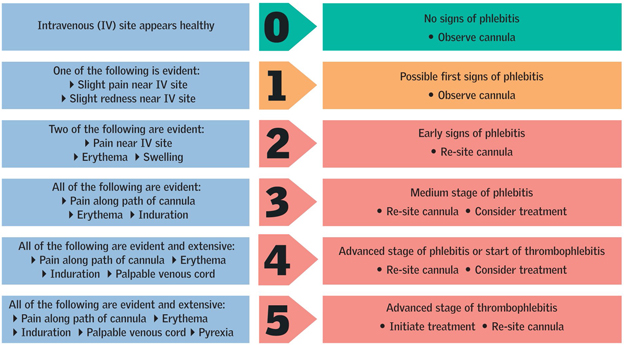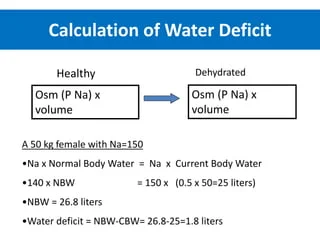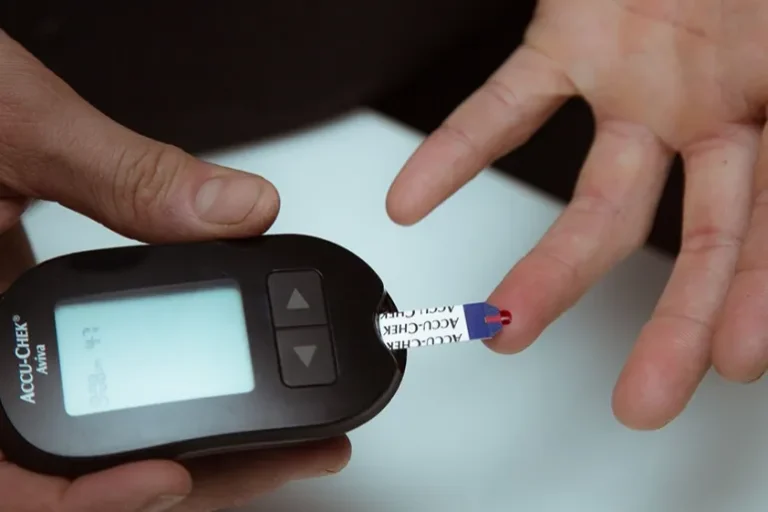MUST Score Calculation for NMC OSCE
MUST Score Calculation for NMC OSCE
 MUST is Malnutrition Universal Screening Tool. Identifying a patient who is malnourished, or is at risk of malnutrition as early as possible is vital. MUST Chart helps the dietitian as well as doctors to decide how malnourished the patient is. Recently in July 19th update of NMC OSCE, MUST Chart has been included in OSCE Exam. In this article we will help you to calculate the MUST Score of patient using different techniques.
MUST is Malnutrition Universal Screening Tool. Identifying a patient who is malnourished, or is at risk of malnutrition as early as possible is vital. MUST Chart helps the dietitian as well as doctors to decide how malnourished the patient is. Recently in July 19th update of NMC OSCE, MUST Chart has been included in OSCE Exam. In this article we will help you to calculate the MUST Score of patient using different techniques.
MUST – Malnutrition Universal Screening Tool for Nurses
Who requires a MUST chart?
Usually in NHS hospitals MUST chart is added to patient folder on admissiont. But as per recommendations, MUST chart should be maintained specifically for some of the patients with specific conditions. This includes
• Unintentional weight loss
• Obvious thin/ wasted appearance
•Also Poor appetite/ disinterest in food reported
• History of decreased intake/poor appetite, portion sizes changed
• Altered taste/ smell
•Also Change in food preferences avoiding food e.g. meat
• Poor skin integrity, pressure sores
MUST was developed to use in Hospital and community settings. This means that you need to calculate MUST chart (if specifically told so in scenario) in case of NEWS 2 Assessment or Community Assessment in APIE stations of NMC OSCE.
What all factors nurses use to calculate MUST Score?
For calculating MUST score in NHS settings, you need BMI (Body Mass Index) or Mid arm circumference, rate of weight loss and also presence of acute disease factors to detect disease related malnutrition.
Step – 1 – Calculating BMI (Body Mass Index) (kg/m2)
• Take the subject’s height and weight (Usually given in scenario) to calculate BMI and use the BMI chart to establish the subject’s BMI score.
•Also If weight and height are not available, self reported height and weight, if realistic and reliable, may be appropriate.
• Height may be estimated using ulna length, knee height or demi span (www.bapen.org.uk) if the reported height is unreliable.
Body mass Index (BMI) = weight (kg)/Height (m) x Height (m)
e.g. Weight = 62kgs Height =1.72m BMI = 62 / (1.72)2 = 20.95kgs/m2
How to calculate BMI Score?
If BMI > 20 or > 30 (obese), BMI Score is 0
Also If BMI is between 18.5 – 20, BMI Score is 1
If BMI is < 18.5, BMI Score is 2
How to calculate BMI Score using Mid Upper arm circumference (MUAC)?
Mid upper arm circumference is used for those patients who cannot weighed in normal settings. For eg. a patient who is morbidly obese or if its difficult to be weighed on a hoist scale.
How to calculate MId Upper Arm Circumference?
Use left arm if possible and ask subject to remove clothing.
Locate the top of the shoulder (acromion) and the Point of the elbow (olecranon process)
Also Measure the distance between the 2 points, identify the mid point and mark on the arm.
Ask subject to let arm hang loose and with tape measure, measure circumference of arm at the mid point. Do not pull the tape measure tight – it should just fit comfortably round the arm
If MUAC is less than 23.5 cm, BMI is likely to be less than 20 kg/m2 I.e. subject is likely to be underweight.
If MUAC is more than 32.0 cm, BMI is likely to be more than 30 kg/m2 i.e. subject is likely to be obese.
Calculate BMI score according to MUAC measured
Step – 2 – Calculate Unplanned Weight Loss….MUST Score Calculation
• Unplanned weight loss over 3 to 6 months is a more acute risk factor for malnutrition than BMI
< 5% weight loss = within normal variation (score 0)
5-10% weight loss = early indicator of increased risk (score1)
>10% weight loss = clinically significant (Score 2)
• To establish the subject’s weight loss score, ask if there has been any weight loss in the last 3 to 6 months, and if so how much (or look in their records).
• Deduct current weight from previous weight to calculate amount of weight lost. Use weight loss tables (Appendix 3) to also establish weight loss score.
• If the subject has not lost weight (or has gained weight) in the past 3 to 6 months, score = 0.
Percentage weight loss = (usual weight – current weight)/usual weight x 100
e.g. Usual Weight = 70kgs, Current wt = 64kgs ⇒ (70-64)/70 X 100 = 8.57% Wt loss
Step – 3 – Acute disease can affect risk of malnutrition
If the patient is currently affected by an acute patho-physiological or psychological condition, and there has also been no nutritional intake for 5 or more days, they are at nutritional risk. Such patients include those who are critically ill, have swallowing difficulties (e.g. after stroke), post head injuries or are undergoing gastrointestinal surgery. Add a score of 2 for these patients.
Step – 4 – Overall risk of malnutrition (MUST SCORE)
Establish overall risk of malnutrition after considering all relevant factors. Add scores together from
Steps 1, 2 and 3 to calculate overall risk of malnutrition.
MUST Scores and prediction
0 = Low risk
1 = Medium risk
2 or more = High risk
Plan of management for patients with different MUST Scores can also be viewed in this flow chart prepared by BAPEN (British Assosciation of Parenteral and Enteral Nutrition)
MUST Flow Chart as per BAPEN

MUST Weight Loss Score… N.B: MUST Score Calculation

MUST in NMC OSCE
Because of the time constraint of 15 minutes in OSCE Assessment station, you will be probably given BMI value of the patient with BMI Chart, Weight loss score as well as disease condition. You just need to add the scores from step 1 + Step 2 + Step 3 to get your MUST Score which you need to be document and tell the patient the plan of escalation such as dietician referral or medical team referral accordingly. But its good enought to have a thorough knowledge of how to calculate MUST score as you will need to use this for all patients you are admitting in any of the NHS hospitals across Great Brittain. MUST Score Calculation






